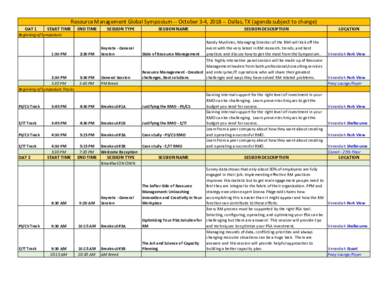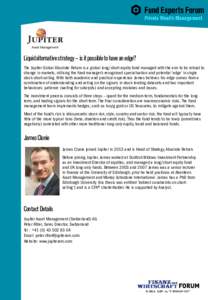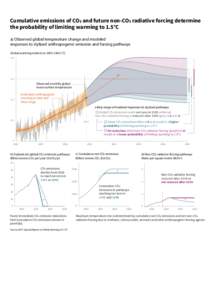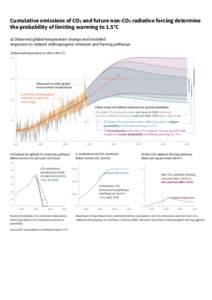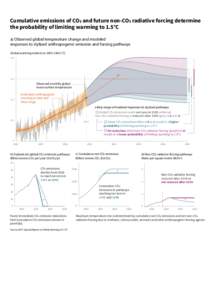<--- Back to Details
| First Page | Document Content | |
|---|---|---|
 Date: 2013-06-05 14:40:42Environmental science Climate change Environment International Geosphere-Biosphere Programme Global change Intergovernmental Panel on Climate Change Climate model World Climate Research Programme Black carbon Climatology Atmospheric sciences Earth |
Add to Reading List |
 AGENDA SBSTA 38 Research Dialogue Developments in research activities relevant to the needs of the Convention 4 June 2013, 15:00–18:00 Saal Bonn (Plenary II) Maritim Hotel, Bonn, Germany
AGENDA SBSTA 38 Research Dialogue Developments in research activities relevant to the needs of the Convention 4 June 2013, 15:00–18:00 Saal Bonn (Plenary II) Maritim Hotel, Bonn, Germany